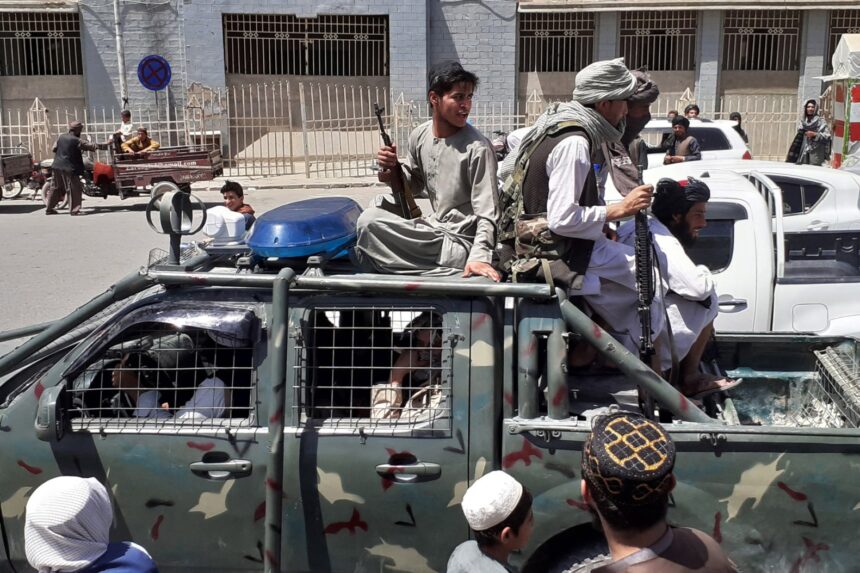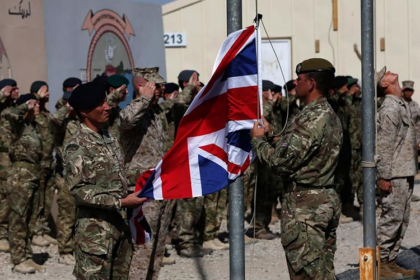RASC News Agency: The expanse stretching from Sarkotal Khairkhana’s precipice to the territorial confines of Badakhshan and Mazar-i-Sharif, cradled amidst the northern pinnacles of the sovereign realm, stands as the haven for the Tajik community. Inhabitants of these lands serve as stewards of an intricate mosaic of cultural heritage, language, and religious conviction, woven into the fabric of their collective identity.
The Pashtuns, representing an ethnic faction of notable distinction, predominate the southern regions of this nation. Their rise to preeminence, a process underpinned by mercantile ventures, duplicity, and the considerable clout wielded by external powers such as Pakistan and Britain, delineates a chapter of historical significance. However, within the northern territories, Pashtun presence lacks the deep-seated anchorage and historical provenance found in local communities.
As such, extending from the era of Abdul Rahman Khan to this day a span exceeding one hundred and twenty years the Pashtun authorities have employed a series of devices to orchestrate the relocation of their southern compatriots from Helmand, Kandahar, and Waziristan.
Cloaked in the narrative of relocating the landless and the dispossessed, these transpositions have been methodically directed towards the northern provinces, such as Kunduz, Takhar, Faryab, Baghlan, and the northerly districts including Parwan, Kapisa, and Kohdaman with recent movements encroaching upon the famed terrains of Panjshir.
This calculated displacement and usurpation of Tajik dominions in the north carry strategic imperatives that warrant thorough examination and must not be dismissed lightly.
1. The seizure of lands belonging to Tajiks, Uzbeks, and indigenous people of the northern regions by Pashtun tribal groups from the south and Waziristan.
2. Disruption of the ethnic composition in the north, undermining Tajik unity, solidarity, and centralization.
3. Imposition of political and geographical sieges on Tajiks, hindering their attainment of political power as seen in the eras of Habibullah Khan Kalakani and Ahmad Shah Massoud.
4. Establishment of Pashtun military dominance in the north to suppress Tajiks, avoiding troop deployment from southern regions and Waziristan, and enabling relocated Pashtuns in the north to enforce oppression.
5. Ultimately, the eradication of Tajik, Uzbek, Hazara, and other ethnic groups’ existence, subjecting them to Pashtun subjugation, where no one can oppose Pashtuns in the north, allowing them to govern northern people at their whim.
Since the Taliban’s ascent to power, their discriminatory and violent conduct towards other ethnic groups, particularly Tajiks and Hazaras, has intensified. They have utilized various pretexts to oppress them and reportedly have engaged in forced displacement and land confiscation from these communities.






